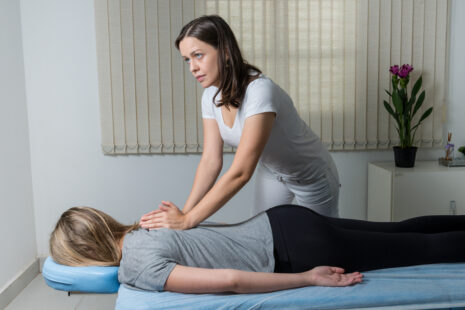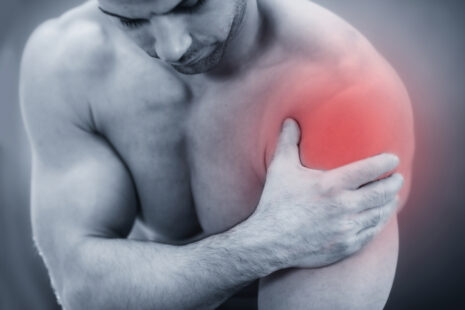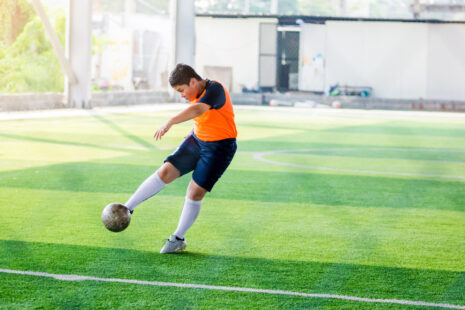A Boxer’s fracture is a specific type of fracture that involves the fifth metacarpal bone, typically caused by punching an object with a closed fist. If you suspect you have a Boxer’s fracture or have been diagnosed with one, taking appropriate steps for treatment and recovery is essential.
What to do after a Boxer’s fracture…
- Get Medical Attention – As soon as possible after the injury, seek medical attention from a healthcare professional, such as an orthopedic doctor or an emergency room. They will assess the severity of the fracture and provide appropriate treatment.
- Immobilize the Hand – To minimize movement and further injury, use a splint or brace to immobilize the hand and fingers. You can create a temporary splint with a rolled-up magazine or cloth and secure it with bandages or tape until you receive medical care.
- Elevate the Hand – Elevate the injured hand above heart level to help reduce swelling and minimize pain.
- Apply Ice – Applying ice wrapped in a cloth to the injured area for 15-20 minutes every few hours during the first 48 hours can help reduce swelling and provide pain relief. Avoid applying ice directly to the skin.
- Take Pain Medication – Over-the-counter pain relievers, such as acetaminophen or ibuprofen, can help manage pain and reduce inflammation. Follow the recommended dosage and consult with a healthcare professional if you have any concerns.
- Follow Medical Advice: Comply with the treatment plan prescribed by your healthcare provider, which may include X-rays to confirm the diagnosis and determine the extent of the fracture.
- Splint or Cast: Depending on the severity of the fracture, your doctor may recommend a splint, cast, or other immobilization device to allow the bone to heal properly.
- Physical Therapy – Once the bone starts healing, your doctor may recommend physical therapy to restore hand function, strength, and mobility.
- Avoid Heavy Activities – During the healing process, avoid heavy lifting or activities that put strain on the injured hand.
- Follow Up – Attend all follow-up appointments with your healthcare provider to monitor the healing progress and make any necessary adjustments to your treatment plan.
Proper medical evaluation and treatment are crucial for a Boxer’s fracture. Neglecting to seek timely medical attention or not following the prescribed treatment plan can lead to complications and affect hand function.




